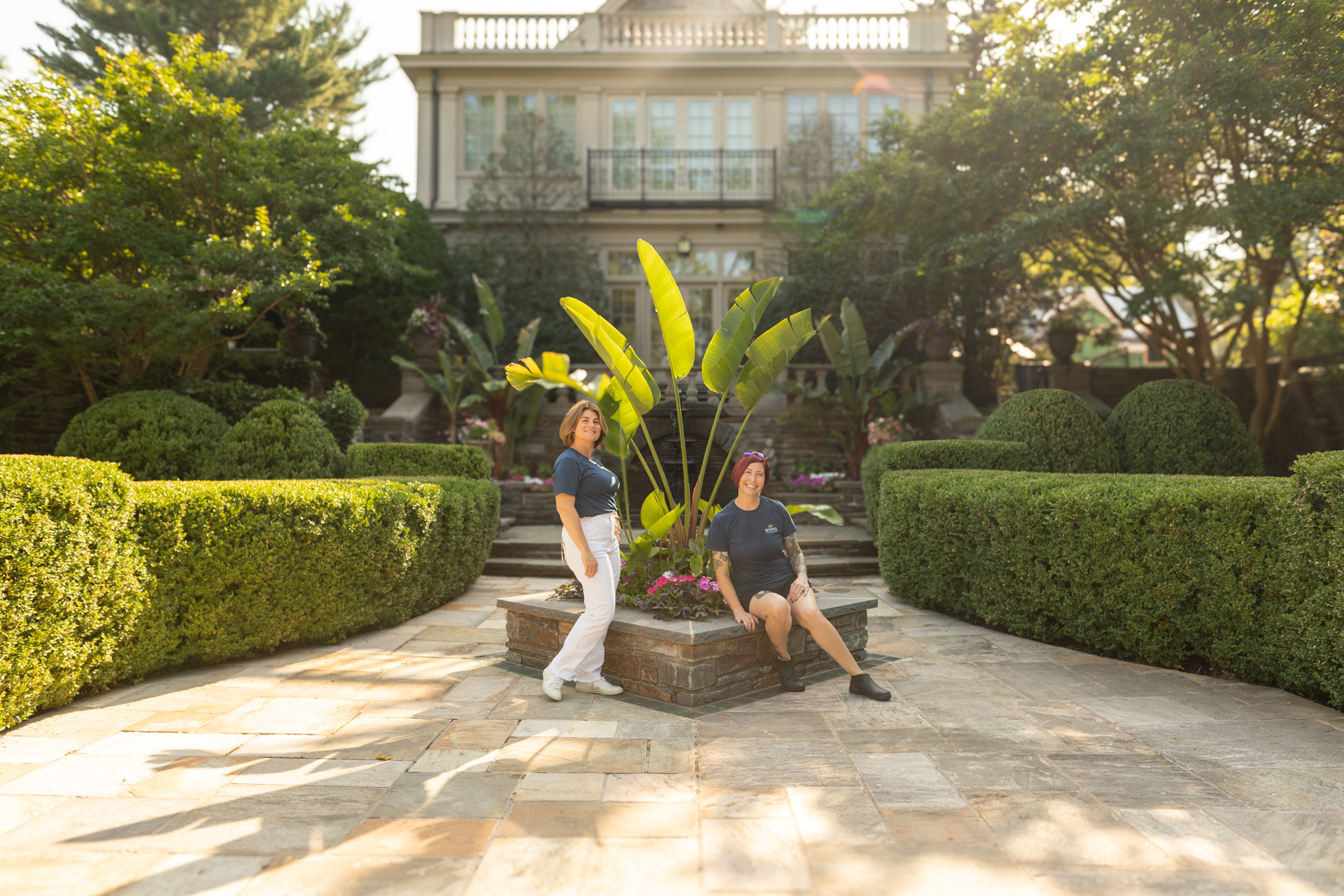In a world of ever-increasing disposability, we often lose sight of how valuable it is for something to truly last. Our ancestors didn’t have the luxury to forget that. In their time, civilization was yet unspoiled by the the rise of factories and mass reproduction. For them, there were no plastic forks; they had what they had and they made it last.

In recent years we’ve noticed a resurgence of this attitude: boots resoled, cast iron pans back in fashion, and in our neck of the woods, natural stone is all the rage. Don’t get us wrong–the opposite is also true: there’s more manufactured building material than there’s ever been. But there’s a growing tide of opposition as people assert their allegiance to authentic, old world stone and enjoy its sustainability over fabricated alternatives.
What Is Natural Stone?

“Natural stone” is actually a broad category of materials. But if we had to give a definition, it’s this: any non-fabricated granite, sandstone, limestone, quartzite, slate or other various dug/quarried rock used in walls, walkways, and other hardscape projects. Whew! What a mouthful. To put it simply, it’s genuine stone from the earth as opposed to something we make, like concrete. Pennsylvania Bluestone, for example, is a popular quarried sandstone over 360 million (yes million) years old. Often it appears fabricated after machines cut it to various specifications, but at the end of the day it’s still genuine stone pulled from the earth.
Other natural stone materials are largely untouched after their removal from the ground–preserving the variations in color, shape and size that give ensuing hardscape projects their natural look. Flagstone pieces for walkways, for example, are often lacking any straight edge. Ashlar, ledgestone blocks for retaining walls come stacked in pallets where no two are exactly the same shape, size, or color. Even belgian block (talked about in more depth here), is rarely uniform–and that’s the appeal! Natural stone is unique, every time. And that makes your project unique as well.

Terren masonry team working with Pennsylvania Bluestone
Pros & Cons
An authentic stone wall or walkway is a thing of true beauty that will last a lifetime. But it comes with a price: working with heavy, irregular pieces of stone is tough and requires talented masons. The material itself is generally more costly, and sometimes requires heavy machinery to move around. So natural stone hardscapes tend to require a larger upfront investment in both time and materials, which is a turnoff to those on a tight budget.
But in the same way that a quality winter coat is made of better fabric, made by better workers, and lasts ten years instead of one–so too does natural stone make its case for value over time. Where fabricated options crack and fade with age, requiring maintenance and replacement, natural stone stands strong, cementing itself into the landscape a little more each year. And the story it tells–one stretching back millions of years–is a great conversation piece with guests. Add in the beautiful aesthetic benefits, ones likely to increase the value of your home generously, and it’s hard to deny the immense value it provides.
The alternatives certainly have their place, however. And it’s important to note the materials you use for a project depend on its specific details, meaning sometimes natural stone simply isn’t the best choice. Wood and brick, for instance, are often great options, especially in rustic settings and where they’re already used elsewhere on the property. Another popular alternative is concrete, either “stamped” with a pattern or manufactured into units shaped, colored, and textured to replicate the appearance of natural stone, brick, or other materials. These units, generally referred to as pavers, are often easier to install and cheaper, making them a very popular option–especially for use in large-scale commercial projects. But they can be less durable and over time often lose a lot of color. And even the best replications still can’t match the authentic look of a true stone wall.



We personally recommend natural building stone more often than anything else. This doesn’t mean we don’t use or see the benefit of alternatives and recommend them when appropriate (especially brick!). We just prefer the aesthetics of quarried sandstone to pressed concrete, and in our experience, find that a flagstone or granite wall will last longer and weather better than anything else, every time. So unless the property is better suited otherwise, or the budget is really tight–natural stone it is.
So if you’re planning a new hardscape feature for your property, give some serious thought to using it. The aforementioned Pennsylvania Bluestone is a very popular choice, as is quartzite sandstone or granite veneer. Most quarry operations give special names to each of their products, so you may get a little confused doing research. But don’t worry, no one expects you to be a geologist here. Any qualified landscaper or mason will guide you through it just fine. The important thing is that when it comes to doing the job, you leave the design and build to the professionals. Unlike the faux stone sets you’ll find in the Home Depot garden section, natural stone is not a DIY material. Building a solid ledge stone wall or installing a row of granite steps is a big undertaking. Not only are the materials exceedingly heavy, they’re also irregularly shaped and sized, meaning skilled cutting and fitting is usually necessary–and that’s something better left to professional craftsmen any day. Which is good, because ours would love to help.




